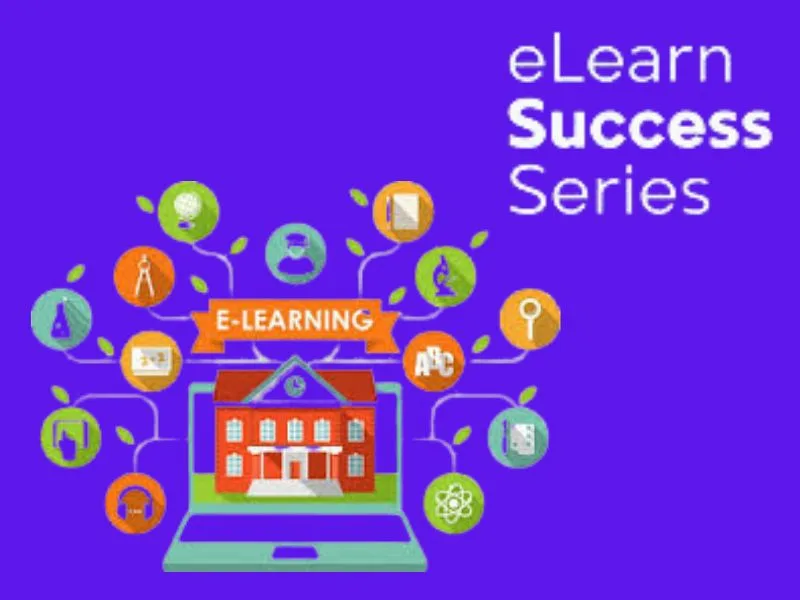
elearn is a term often used as a shorthand for “e-learning ” which refers to the use of electronic technologies primarily the internet to facilitate and enhance the learning process.
E-learning has gained significant prominence in recent years driven by advancements in technology and the increasing demand for flexible and accessible education. Here’s a detailed overview of various aspects of e-learning
Definition and Types of E-learning
Definition E-learning involves the delivery of educational content and training through electronic means typically utilizing the internet. This can include various formats such as online courses webinars virtual classrooms and digital resources.
Types of E-learning
Synchronous E-learning Real-time learning where instructors and learners are engaged simultaneously often through virtual classrooms or live webinars.
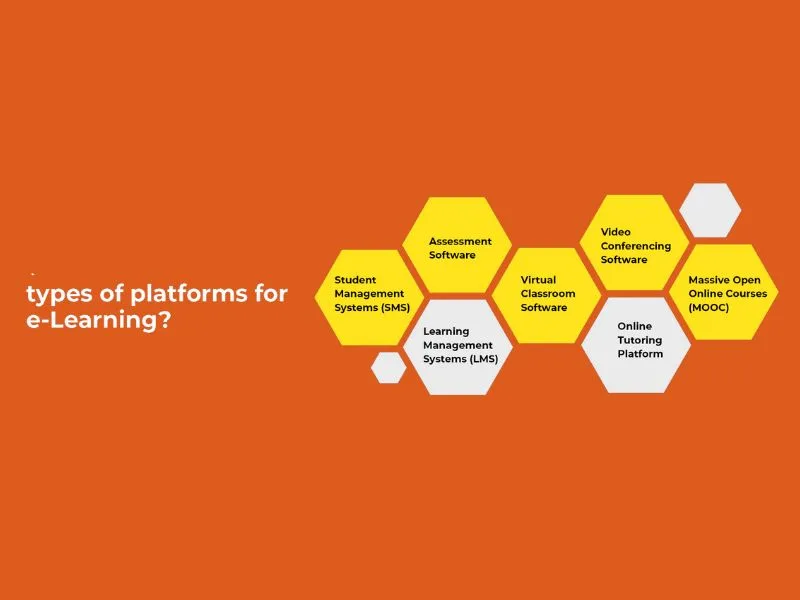
Asynchronous E-learning Learning that occurs at different times allowing learners to access materials and complete assignments at their own pace commonly through recorded lectures and online resources.
Components of E-learning
Learning Management Systems LMS Platforms that manage and organize e-learning content assessments and learner progress.
Content Delivery Systems Tools and platforms that facilitate the distribution of educational materials including videos documents and interactive modules.
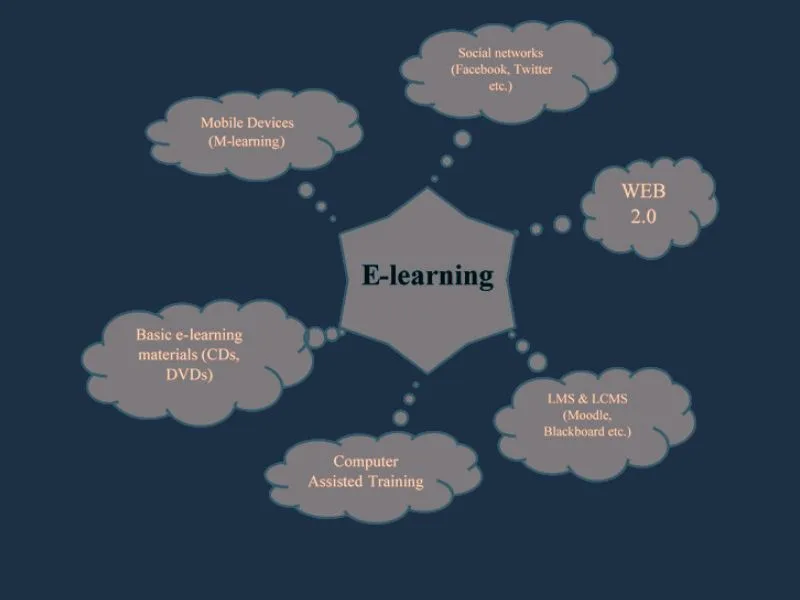
Communication Tools Features like discussion forums chat and messaging systems to foster interaction between learners and instructors.
Assessment and Feedback Systems Mechanisms for evaluating learners’ progress and providing constructive feedback.
Advantages of E-learning
Flexibility Learners can access materials at their own pace and convenience accommodating different schedules and learning preferences.
Cost-effectiveness E-learning eliminates the need for physical classrooms reducing expenses related to infrastructure and travel. elearn
Global Accessibility E-learning transcends geographical barriers allowing individuals from different locations to access the same educational resources.
Interactive Learning Incorporation of multimedia elements simulations and interactive activities enhances engagement and understanding.
Challenges and Considerations
Technical Issues Learners may face connectivity issues software compatibility problems or hardware limitations.
Lack of Face-to-Face Interaction Some learners may miss the social aspect of traditional classrooms and the immediate feedback from instructors.
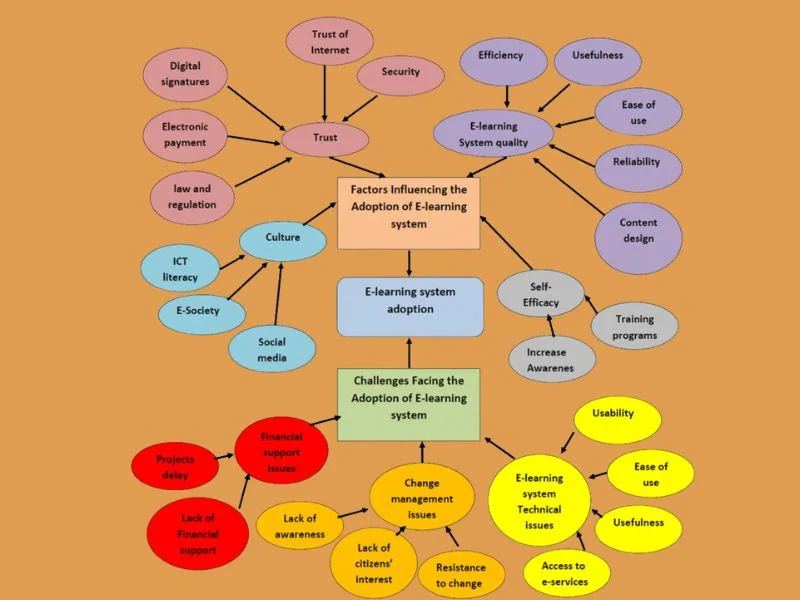
Self-discipline E-learning requires self-motivation and discipline as learners must manage their time effectively to complete tasks and assignments.
Technological Advancements in E-learning
Virtual Reality VR and Augmented Reality AR Integration of immersive technologies to create realistic and interactive learning experiences.
Artificial Intelligence AI AI-driven personalized learning paths automated grading and intelligent tutoring systems.
Mobile Learning Utilizing smartphones and tablets for on-the-go access to educational content.
Applications of E-learning
Academic Education From K-12 to higher education e-learning complements traditional classroom settings.
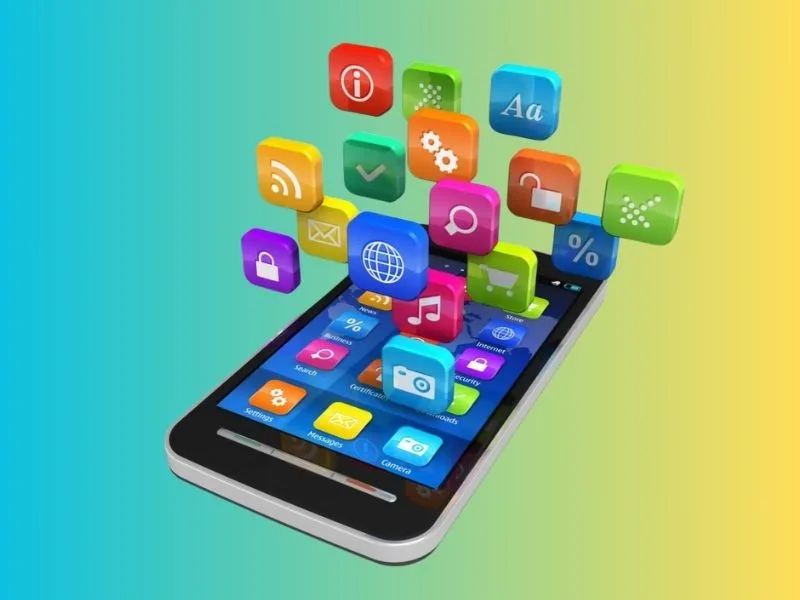
Corporate Training Businesses use e-learning for employee training onboarding and professional development.
Skill Development E-learning platforms offer courses in various skills from programming to language learning.
Future Trends
Microlearning Short focused learning modules catering to specific skills or knowledge areas.
Adaptive Learning AI-driven platforms that customize learning paths based on individual progress and performance.
Blockchain in Education Securing and verifying educational credentials using blockchain technology.
In summary e-learning has become an integral part of the educational landscape offering numerous advantages and constantly evolving with technological advancements. Its flexibility and accessibility contribute to its widespread adoption across various domains and demographics.
Certainly let’s delve deeper into some key aspects of e-learning
1. Learning Management Systems LMS
Features
Content Management Allows instructors to upload organize and manage course materials.
User Management Facilitates user registration authentication and tracking of learner progress.
Assessment and Grading Enables the creation and administration of quizzes assignments and exams with automated grading capabilities.
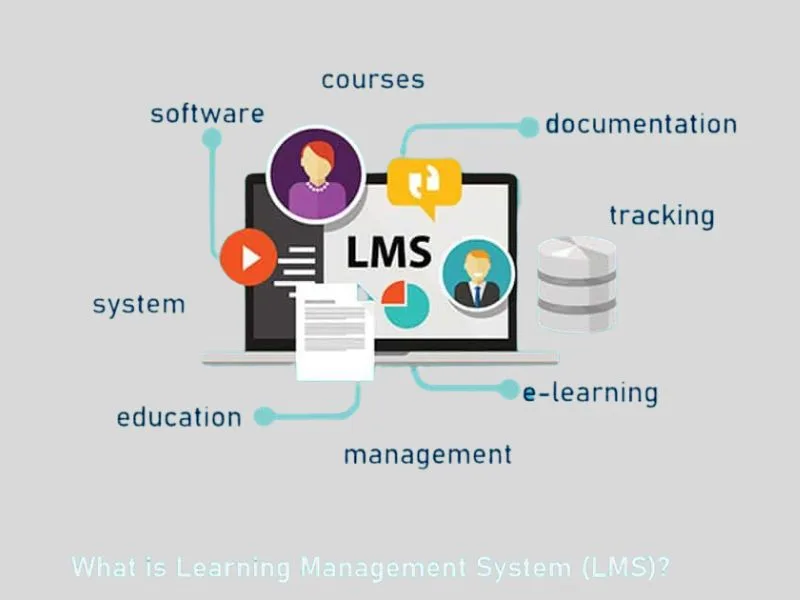
Collaboration Tools Includes discussion forums chat rooms and collaboration spaces for fostering interaction among learners.
Examples of LMS
Moodle
Blackboard
Canvas
Google Classroom
2. Content Delivery Systems
Multimedia Elements
Video Lectures Recorded lectures or instructional videos enhance engagement and provide visual explanations.
Interactive Simulations Simulated scenarios and interactive modules for hands-on learning.
E-books and Documents Digital resources that can be accessed and downloaded by learners.
Adaptive Learning Paths
Personalization AI algorithms analyze learner performance and tailor the content to individual needs.
Progress Tracking Instructors and learners can monitor progress through analytics and dashboards.
3. Communication Tools
Discussion Forums and Chat
Real-time Interaction Allows learners to engage in discussions and ask questions.
Community Building Fosters a sense of belonging and collaboration.
Live Webinars and Virtual Classrooms
Interactive Sessions Instructors can conduct live lectures Q&A sessions and interactive activities.
Real-time Feedback Immediate feedback enhances the learning experience.
4. Assessment and Feedback Systems
Formative Assessments
Continuous Feedback Regular quizzes polls and assignments help assess ongoing understanding.
Immediate Feedback Learners receive instant feedback on their performance.
Summative Assessments
Exams and Projects Larger assessments that evaluate overall comprehension and application of knowledge.
5. Technological Advancements
Virtual Reality VR and Augmented Reality AR
Immersive Experiences VR provides a fully immersive environment while AR overlays digital elements onto the real world.
Field-specific Training Particularly beneficial for fields such as healthcare engineering and military training.
Artificial Intelligence AI
Personalized Learning AI algorithms analyze data to tailor learning experiences based on individual strengths and weaknesses.
Automated Grading Reduces administrative burden on instructors. AI Machine Learning
Mobile Learning
Accessibility Learners can access content anytime anywhere fostering continuous learning.
Responsive Design Courses are designed to adapt to various screen sizes and devices.
6. Challenges and Considerations
Digital Divide
Disparities in access to technology and the internet can hinder equitable participation.
Data Security and Privacy Protecting sensitive information and ensuring the privacy of learners.
Learner Engagement Designing courses that maintain learner interest and motivation.
7. Future Trends
Microlearning
Bite-sized Content Short focused modules catering to specific skills or knowledge.
Flexibility Allows learners to consume content in small increments fitting into busy schedules.
Blockchain in Education
Credentialing Securely storing and verifying educational credentials.
Transparency Enhancing the authenticity and transparency of academic records.
AI-driven Learning Assistants
Virtual Tutors AI-powered assistants providing personalized guidance and support.
Predictive Analytics Anticipating learner needs and suggesting relevant content.
E-learning continues to evolve driven by the integration of cutting-edge technologies and a growing emphasis on personalized accessible and interactive learning experiences. As technology advances the landscape of e-learning is likely to witness further innovation and refinement.
conclusion
In conclusion e-learning represents a dynamic and transformative approach to education leveraging electronic technologies to provide flexible accessible and interactive learning experiences.
The evolution of e-learning is marked by the integration of sophisticated tools and technologies catering to diverse educational needs across various sectors.
The foundational components of e-learning including Learning Management Systems LMS content delivery systems communication tools and assessment mechanisms form the backbone of this educational paradigm.
These components work in tandem to create a virtual learning environment that accommodates the needs of learners instructors and institutions alike.
Advancements such as Virtual Reality VR Augmented Reality AR Artificial Intelligence AI and mobile learning have significantly enriched the e-learning landscape offering immersive experiences personalized learning paths and on-the-go accessibility.
These technologies not only enhance engagement but also contribute to the development of innovative educational practices.
While e-learning brings numerous advantages it is not without challenges. Issues such as the digital divide data security and the need for self-discipline highlight the importance of addressing both technological and human factors in the design and implementation of e-learning initiatives.
Looking forward future trends like microlearning blockchain in education and AI-driven learning assistants showcase the continued evolution of e-learning.
These trends emphasize a shift towards more personalized modular and secure educational practices laying the foundation for a more inclusive and adaptive learning environment.
In essence e-learning has become an integral part of modern education transcending geographical boundaries and democratizing access to knowledge.
As technology continues to advance e-learning is poised to play a pivotal role in shaping the future of education offering innovative solutions to meet the evolving needs of learners and educators in the digital age.